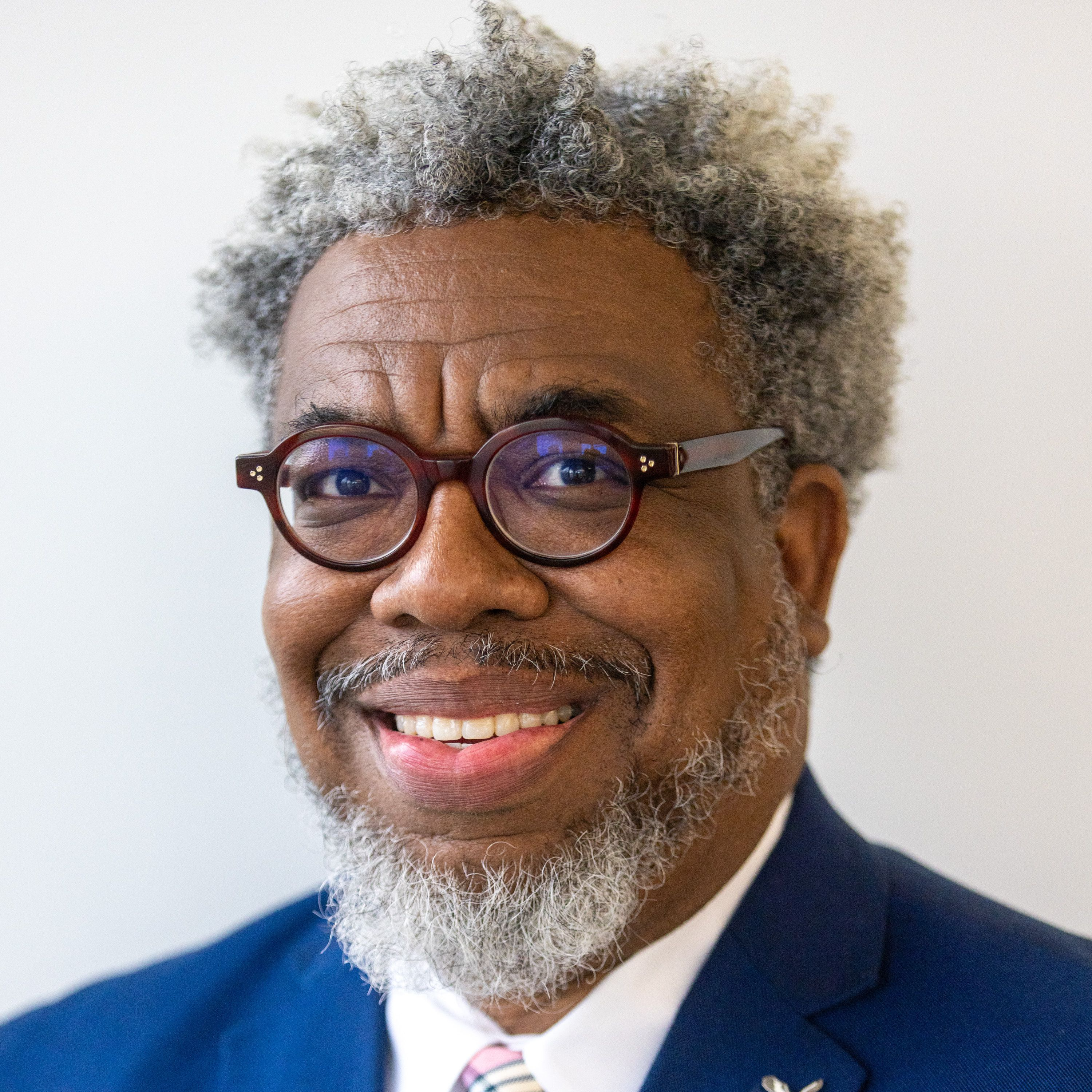115 years ago, a deadly race riot reshaped Atlanta

It is a story that is all too familiar.
Around the turn of the last century, white mobs, fueled by jealousy, political animus and the ever-present notion of even a subtle attack on white womanhood, ravaged a Black community.
Over four days, an estimated 25 Black people were killed.
Shot, stabbed or beaten to death. Some said to be hung from light poles.
Television shows like “Watchmen” and “Lovecraft Country” brought incidents like the Tulsa Massacre, which marked its 100th anniversary this year, into focus.
But 15 years earlier, the 1906 Atlanta Race Massacre shocked the world, redefined the city, then was completely forgotten about.
Within days of the events, the Atlanta Journal proclaimed, “Atlanta is herself again; business activity restored and the riot is forgotten.”

The Atlanta riot “happened before Tulsa and no one is really talking about it,” said Shatima Tankson. “It is buried under a surface that is trampled over and dismissed.”
Tankson is part of the Coalition to Remember the 1906 Atlanta Race Massacre, a group of activists, scholars and artists who have launched 10 days of programming around the city to mark the 115th anniversary and remind people of what happened.
Events, which began last Friday, include worship services, dinners, panel discussions and the breaking of ground for a new historical marker in downtown Atlanta.
On Wednesday, to mark the Sept. 22 anniversary of the start of the violence, organizers held a “Silent Walk” through most of the areas affected by the bloodshed. They include some of the same streets that erupted in protest in 2020 after the deaths of George Floyd, Breonna Taylor and Rayshard Brooks.
“We are remembering the four days, but we are not going to leave it there,” said Candy Tate, a historian and one of the principal organizers of the event. “We are interested in healing the Atlanta community through truth and transformation.”
Atlanta writer Rebecca Burns, who in 2011 wrote a minute-by-minute account of the days immediately after the death of Martin Luther King Jr., “Burial for a King,” preceded that book in 2006 with a similarly detailed account of the 1906 massacre.
It wasn’t easy and in researching “Rage in the Gate City: The Story of the 1906 Atlanta Race Riot,” it was often difficult to get simple facts.
“Back when I first wrote my book there was no awareness of the events — it was systemically downplayed. The official report on the riot was written by the Chamber of Commerce, after all,” said Burns, executive director of The Red & Black the college newspaper of the University of Georgia, where she is a part-time instructor. “When I did my research this did not even merit a bullet point on the Atlanta History Center’s timeline of key events.”

Burns wrote that Brownsville, the neighborhood targeted, was a “community of 1,500 residents, most of them homeowners,” like John Wesley Brown Bowen, the first Black president of Gammon Theological Seminary, and Dr. William Penn, a Yale-educated medical doctor.
“The residents funded their own school, frequented a post office run by a Black postmaster, Luther Price, shopped at stores rung by their neighbors, and attended one of three community churches.”
Burns’ book, published during the centennial anniversary, along with Mark Bauerlein’s 2001 “Negrophobia: A Race Riot in Atlanta,” helped bring attention to the area and the tragic events.
It wasn’t until 2006 that the city publicly recognized the events. The next year the massacre became part of the state’s social studies curriculum. In 2013, the Atlanta History Center presented “Four Days of Fury: Atlanta 1906,” an interactive play about the riots.

Tankson said she was educated in Atlanta but didn’t know about the massacre until she started working with Tate, assistant director of the Emory College Center for Creativity & Arts.
“It was not taught to me. I had no idea that it happened or why it happened,” said Tankson, who sells real estate when she is not organizing events.
Scholars say the reasons for the violence were a subtle culmination of many things that had been festering in Atlanta, a city rebuilding from the Civil War.
The novel “The Clansman: A Historical Romance of the Ku Klux Klan” enjoyed popularity among whites when it was published in 1905, eventually turning into the blockbuster 1915 film “Birth of a Nation.”
“It was not taught to me. I had no idea that it happened or why it happened."
There was white resentment of the first generation of Blacks not born into slavery who were growing into a Black middle class, with emerging Black colleges including Atlanta University, Clark College, Morehouse College, Spelman College, Morris Brown College and Gammon.
“All of these institutions by the turn of the century had started gaining momentum, intellectually and physically,” said Rodney T. Cohen, an Africana Studies adjunct professor at Morehouse and the author of “The Black Colleges of Atlanta.” “Anytime individuals who were viewed as ‘less than’ rise up, it becomes a problem for the so-called establishment.”
The riot began in Brownsville on a hot Saturday night. Thousands of white men, inflamed by sensational and inaccurate newspaper reports — in both the Atlanta Journal and the Atlanta Constitution — of Black sex crimes started attacking Black residents at random.

W. E. B. Du Bois, who was teaching at Atlanta University at the time, wrote his powerful poem, “The Litany of Atlanta,” in the riot’s wake.
“A city lay in travail, God our Lord, and from her loins sprang twin Murder and Black Hate. Red was the midnight; clang, crack and cry of death and fury filled the air and trembled underneath the stars when church spires pointed silently to Thee. And all this was to sate the greed of greedy men who hide behind the veil of vengeance!” wrote Du Bois.
Du Bois would become one of the founders of the NAACP in 1909. In 1929, Walter White, who had witnessed the massacre as a boy, became the organization’s executive secretary.
In the end, as many as 25 Black and two white people lay dead in Decatur Street and Edgewood Avenue. Bodies were dumped at the foot of the Henry Grady statue. Men were thrown out of windows of the old Kimball Hotel.

Blacks and whites were “rounded up,” but no one was convicted of rioting or murder, said Bauerlein, who taught at Emory University before retiring in 2020.
In the riot’s aftermath, many Black residents left the city. Others retreated and segregated themselves into the safety of their own community, most notably Auburn Avenue, which became a Black business and political hub.
But the riots did forge a peacekeeping alliance, the so-called Atlanta Way, between the business elite and the Black political and middle class that some say endures to this day, and which blocked the city from going up in flames like other southern cities during the civil rights movement.

“It shaped Atlanta by setting the framework for the working relationship between white business leaders and Black clergy and civic leaders,” Burns said. “The downside of this is that concessions were demanded that deepened the divide and Jim Crow segregation. Essentially, it was a cooperative effort between elites on both sides that maintained segregation of poorer folks.”
Tate, who recently secured a $500,000 grant for repairs to Morris Brown College, said she got the idea to commemorate 1906 while working on a project to identify “Main Streets” in old Black communities.
“You start to realize that main streets are where a lot of these race riots happened across the country,” Tate said. “As a historian and programmer, it got me thinking. It is important to remember the past to understand the present to change the future.”
Click here to get a full schedule of events to mark the anniversary of the 1906 Atlanta Race Massacre.




